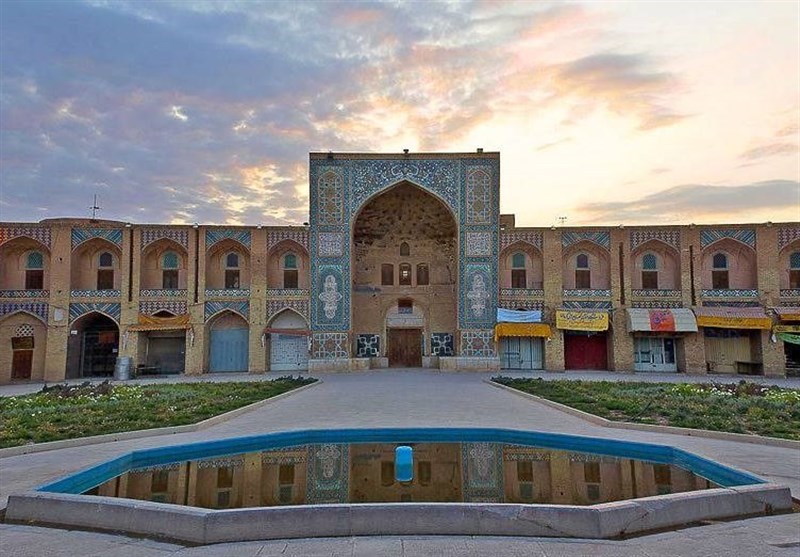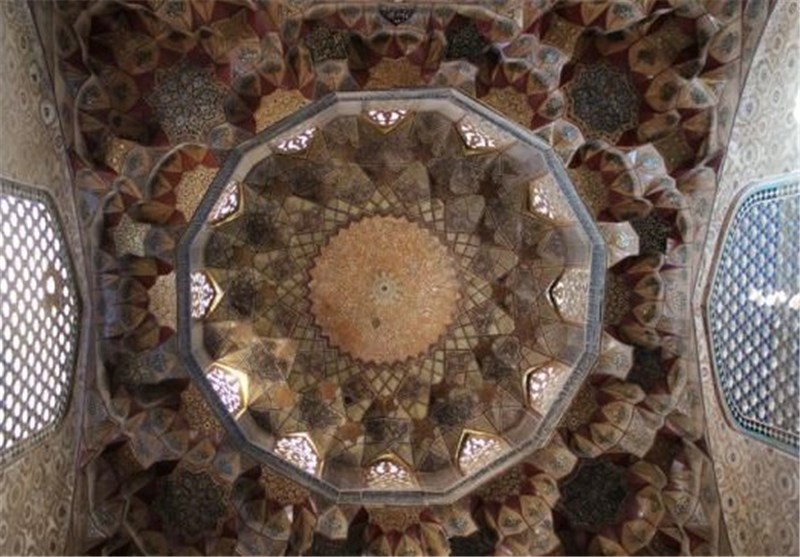Tehran Times - With its lavishly decorated structures and abundant wax dummies clad in indigenous outfits, the historical Ganjali Khan complex evokes traditions, culture and everyday life in Iran during Safavid dynasty.
Located in Kerman, southeastern Iran, the complex is composed of a madrasa, a mosque, a caravanserai, a bathhouse or hammam, a water reservoir and a labyrinth bazaar, all centered on a large public square.
Covering an area of 11,000 square meters, the compound was built upon the order of Ganjali Khan who governed Kerman and some neighboring areas during the late 16th to early 17th centuries under Safavid Shah Abbas I (r. 1571-1629).


With an entrance at the northeastern corner of the square, the mosque though is small in size enjoys elaborate tilework and arabesque designs. It boasts a gilt-pattern inner dome and honeycomb windows.
The hammam has been repurposed into an anthropology-like museum in which wax dummies illustrate the workings of a traditional bathhouse. There is also a display case of antique washing utensils.
The bazaar is ornamented with exquisite plasterwork and wall paintings that are well-preserved although they are roughly 400 years old.


The caravanserai is based on the four-iwan typology, with guest rooms constructed around a courtyard. Shah Abbas I (1571-1629) is credited with building a network of caravanserais across Iran during the much later Safavid dynasty.
Within the bazaar, it contains a caravanserai and a hammam. Beautifully preserved, the hamam shows through life-size mannequins the life in a bath in Safavid times.

 QR code
QR code